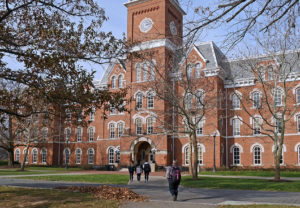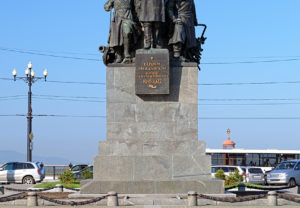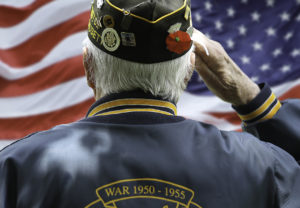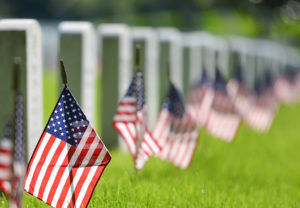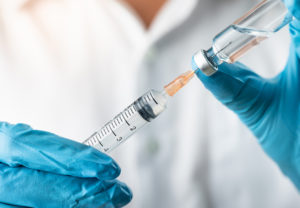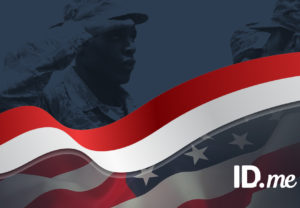By Tristan Jung
The origins of Veterans Day start at the end of World War I. On November 11, 1918, the Armistice with Germany was signed, ending the so-called “war to end all wars”. The United States had mobilized 4 million troops for the war and suffered 116,000 military deaths. The war devastated countries across the globe, and after November 11, 1918, it became customary to honor veterans and war dead on Armistice Day.
As with the other Allied powers, the United States began celebrating Armistice Day in 1926. It became a national holiday 12 years later. This change came just a year before the outbreak of World War II, which was even more destructive than the first. After the attacks on Pearl Harbor and the subsequent American involvement that cost the lives of 416,000 American soldiers during the war, some began to consider changing the name of Armistice Day to something all-encompassing.
In 1947, two years after the end of World War 2, a veteran named Raymond Weeks first organized a celebration in Alabama called “National Veterans Day”. This holiday would include all veterans of past and future military conflicts. He successfully lobbied Congress to establish Veterans Day as the name for the national holiday in 1954. For his efforts in creating the holiday, Weeks received the Presidential Citizens Medal from Ronald Reagan in 1982.
A law actually changed Veterans Day from the traditional November 11th date to the fourth Monday in October, but the holiday was changed back to November 11th in 1978, where it currently sits. Veterans Day is an official federal holiday and all non-essential government offices are closed.
It should be noted that Veterans Day is meant to honor all veterans that have ever served in the U.S. military. Memorial Day is set aside to remember those who died during their service, and Armed Forces Day is for those who are currently serving. The United States also celebrates Women Veterans Day on June 12 to recognize the service of women in the armed forces.







